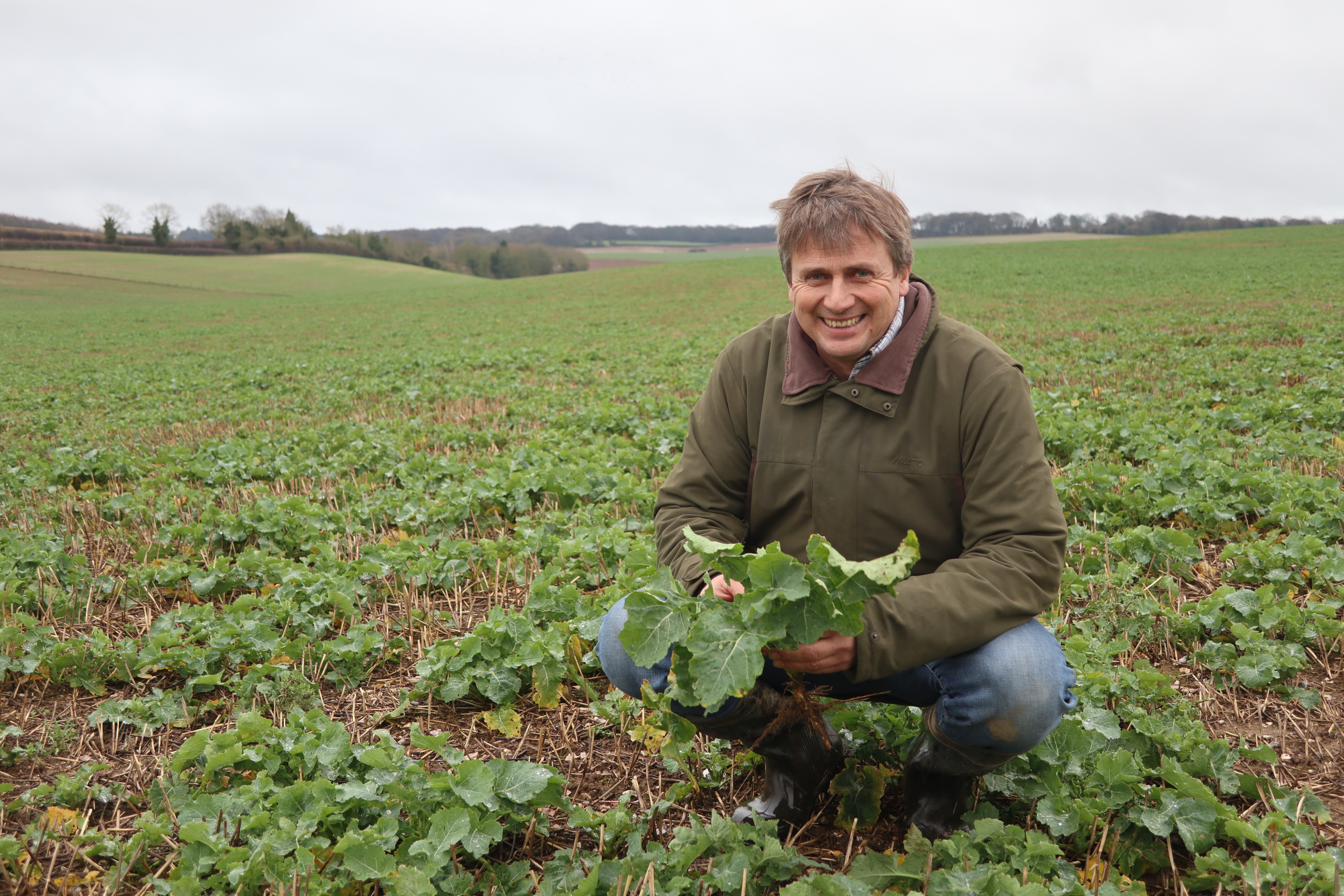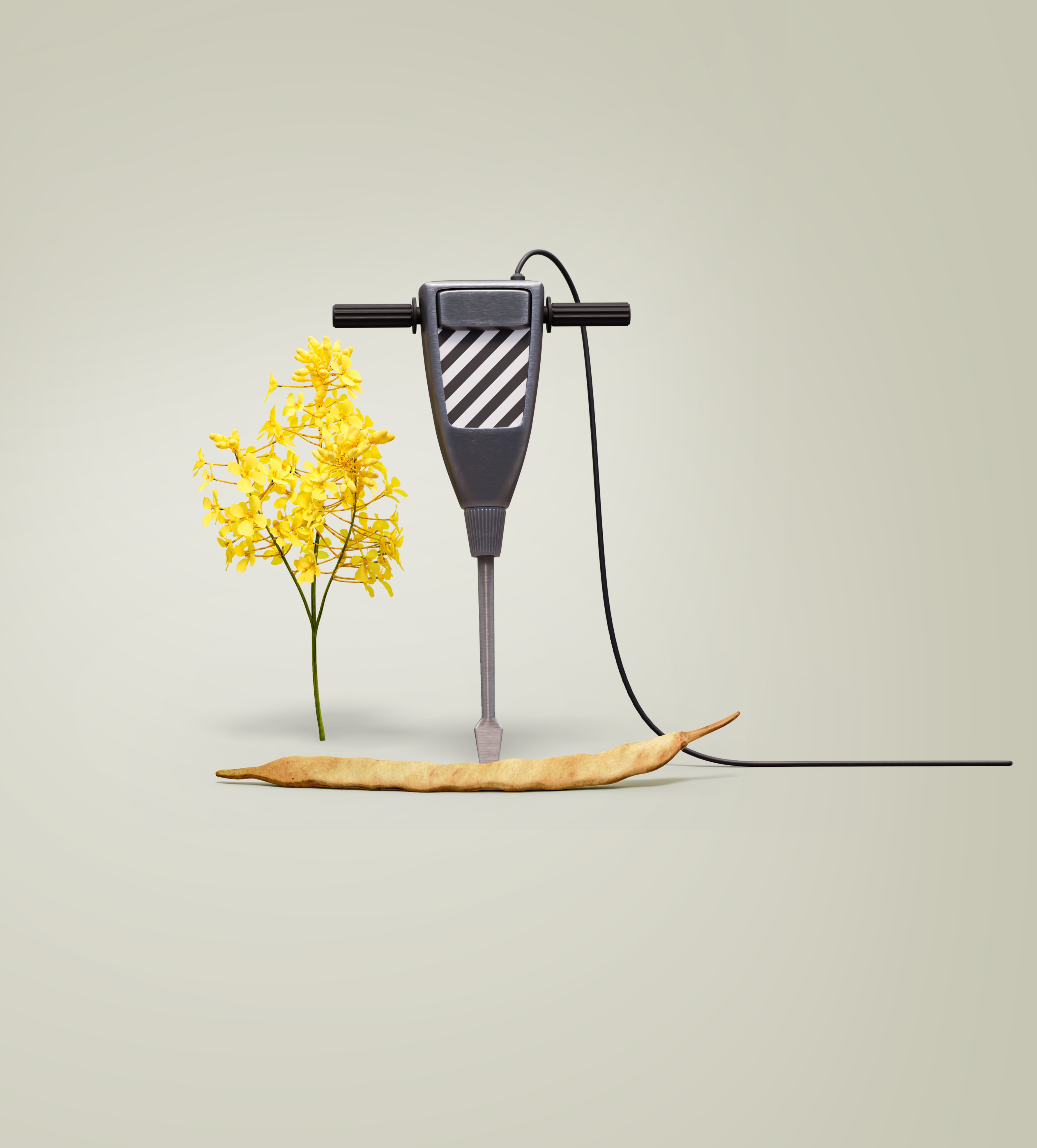Keeping OSR Profitable Despite Flea Beetle Threat
Changing some areas of basic farm management has helped one committed producer to reduce the threat of flea beetle significantly and justify oilseed rape’s ongoing place in the rotation.
Despite farming in a flea beetle hotspot, Oxfordshire grower David Passmore has managed to achieve good establishment and yields in his oilseed rape over the last three years.
Changing his method of seedbed preparation, keeping an eye on soil moisture content and drilling earlier than previously have all helped deliver consistent establishment despite many crops in the area failing.
“We’ve probably been lucky to a degree,” he acknowledges. “But we’ve been prepared to change how we manage the crop and focus more on establishment than chasing the highest yields - and it seems to be working.
“All in all, the average yields approaching 6.0t/ha that we used to get are probably not going to be back for a while, but we’re still confident we can consistently achieve 4.5t/ha, which is not bad for our location.”
The 300ha Mays Farm, Ewelme, sits on predominantly grade 3 loam over chalk and supports a pedigree Limousin beef suckler herd alongside a 200ha arable rotation based mainly on the production of high quality seed.
“It probably means we’re a bit more careful with weed control but apart from that, the crops are grown pretty much the same as commercial ones
“Flea beetle arrived here about four years ago, a bit later than in counties further East, but it’s taken hold and probably half of the crops in the area were lost last year.
“It’s made us realise that if we’re going to continue growing oilseed rape, we have to make some changes – not just with regard to establishment and the critical first few weeks after drilling, but also in the longer-term overall management of the crop.
“Oilseed rape is notoriously front-loaded cost-wise, so the less you have to spend up front, the less the loss if, despite your best efforts, it does fail.”
For David one of the biggest aspects of improving establishment and reducing costs was moving away from a cultivation strategy based on ploughing.
“In past years we would put a load of FYM and other organic material on the land and then plough and press it.
“We’d be careful not to drill too early - usually waiting until around 8th September - and we would get super crops. I’ve seen the combine yield monitor holding at around 7t/ha for KWS Campus in large parts of some fields.
“With Neonicotinoid-dressed seed you could drill quite late into a ploughed seedbed and it wouldn’t really matter if it didn’t rain until the end of September’.
“If you take this approach now, and you get three weeks without moisture, you end up
with a little plant struggling in a fairly rough seedbed and there’s just too much risk involved.
“The combined effects of low moisture and sustained flea beetle attack can be just too much for plants.”
It’s made us realise that if we’re going to continue growing oilseed rape, we have to make some changes
Key to getting the crop through the first critical few weeks is choosing the right variety





